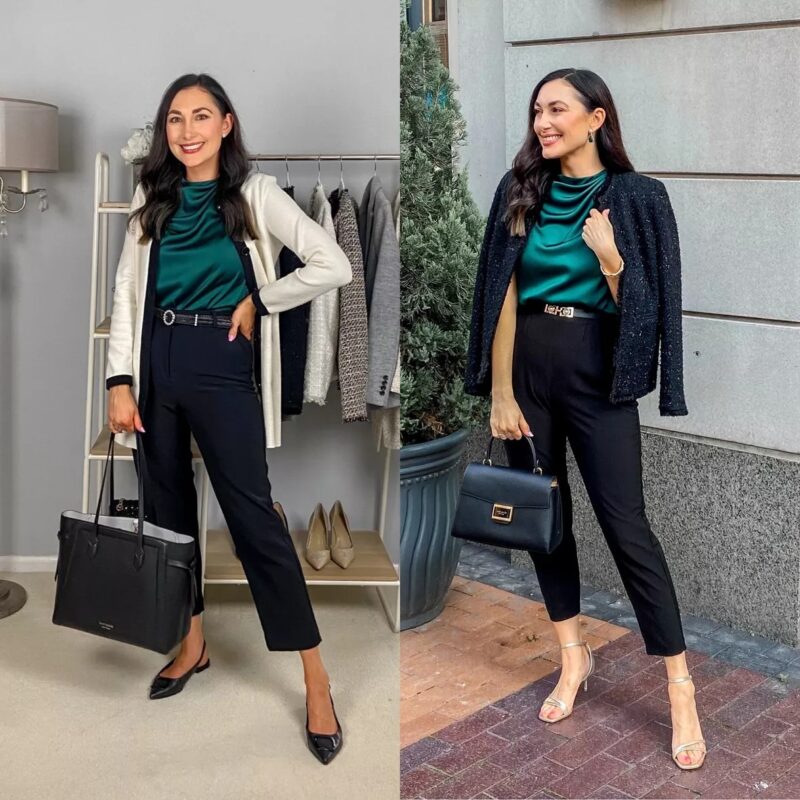Minimalist Fashion and Style
Minimalist Fashion Through the Decades: A Brief History
When did less become more? While minimalist fashion might seem like a modern trend, its roots stretch back through fashion history. Let’s take a simple walk through time to see how clean lines and understated elegance have evolved.
1920s: The First Revolution The 1920s brought the first major shift toward simplicity. Coco Chanel shocked the world by freeing women from corseted fashions and introducing the little black dress. Her philosophy was revolutionary: clothes should provide comfort and allow movement while maintaining elegance. Sound familiar?
1950s: Post-War Precision After World War II, Christian Dior’s “New Look” emphasized perfect tailoring and clean silhouettes. While not minimalist by today’s standards, it showed how precision cutting could create impact without excessive decoration. Meanwhile in America, Claire McCardell designed simple, functional clothes for everyday women – an early champion of wearable minimalism.
1960s: Space Age Simplicity The 1960s space race influenced fashion with designers like André Courrèges and Pierre Cardin creating futuristic looks with clean geometric lines. Mary Quant’s simple A-line dresses proved that youthful style didn’t need complicated details.
1970s: The Halston Effect American designer Halston defined 70s minimalism with uncomplicated designs in luxurious fabrics. His simple but striking dresses showed that minimalism could be both relaxed and glamorous – perfect for Studio 54 nights but easy enough for everyday wear.
1980s: Japanese Influence While much of 80s fashion celebrated excess, designers like Rei Kawakubo (Comme des Garçons) and Yohji Yamamoto introduced a new kind of minimalism – architectural, often asymmetrical, with a focus on shape and texture rather than decoration.
1990s: Minimalism Goes Mainstream The 90s saw minimalism truly take center stage with Calvin Klein, Jil Sander, and Helmut Lang creating clean, unfussy designs that defined the decade. The capsule wardrobe concept gained popularity as people embraced the “less is more” approach.
2000s to Now: Mindful Minimalism Today’s minimalist fashion builds on this rich history but adds modern concerns about sustainability and ethical production. Brands like Fashion Assa embrace simplicity not just for its visual appeal but also because buying fewer, better things is kinder to our planet.
What’s fascinating about minimalist fashion is how it constantly reinvents itself while maintaining core principles of clean lines, quality materials, and thoughtful design. It’s not about absence – it’s about being intentional with every element.
Which era of minimalist fashion speaks to you most? We’d love to know which historical influences you see in your own style!
